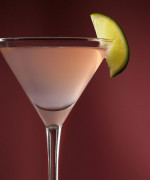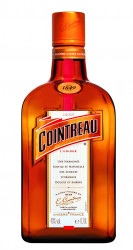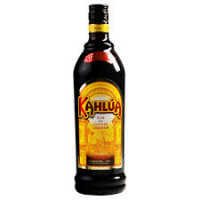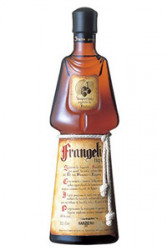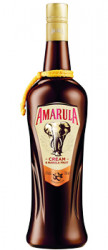Liqueurs are the building blocks of every good cocktail, and it’s time we gave them a little more appreciation, writes Kerri Jackson.
Remember back in the day when you’d sneak a peek into the cubby hole of intrigue that was your parents’ drinks cabinet? The collection of strangely shaped bottles, so often covered in a veneer of slightly sticky dust, with their strange coloured andeven more strange smelling contents, seemed like a collection of magic potions to your younger self.
And you weren’t wrong. Though liqueurs have had a mixed history with Kiwi home mixologists – often acquired mysteriously in a jet-lagged Duty Free blur or left behind by party guests – they are the building blocks of every good cocktail. Intense and designed to mix well with others, liqueurs are themselves like a perfect party guest, albeit one who seems from a bygone, more glamorous era.
In these fast-paced days of RTDs, supermarket wines, and flavoured vodkas, liqueurs have found themselves increasingly consigned to the back of the drinks cabinet. We should be ashamed.It’s time to re-embrace the colourful, tasty world of liqueurs and all they can bring to home-mixed cocktails, and even cooking.Here are a few of our favourite classic liqueurs demystified and reintroduced for your consumption
Kahlúa
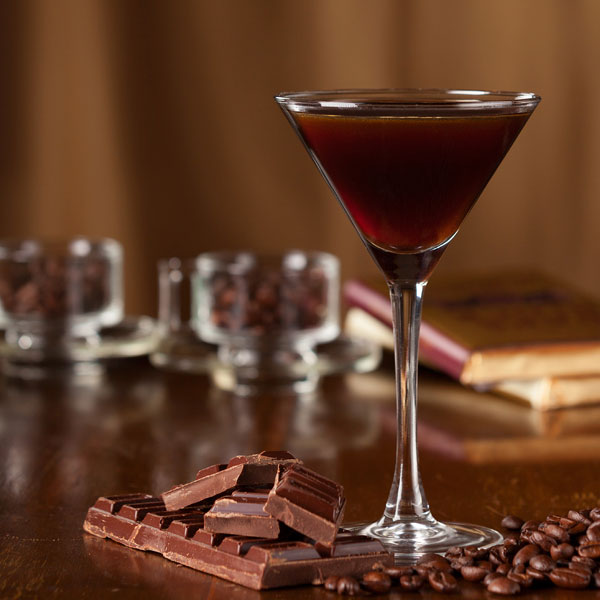
The pub quiz: Kahlúa is a coffee liqueur originating in Veracruz, Mexico in the 1930s, made from two of the region’s most famous ingredients: Arabica coffee and sugarcane.
What does it taste like? Sweet black coffee, though the coffee flavour is subtle and mellowed by hints of vanilla and caramel particularly when served on its own on the rocks.
The classics: Kahlúa’s perhaps best-known use is as the key ingredient in a Black Russian, with an equal measure of vodka served over ice. For a new spin try adding a twist of orange zest as the citrus really sets off the coffee and vanilla flavours. For a White Russian just add cream or milk to top up the glass. Of course, it’s also an obvious addition to both hot and iced coffees and chocolate drinks.
With a twist: Instead of an after-dinner coffee, make yourself an espresso martini, pictured, with one part vodka, 1½ parts Kahlúa and one serve of freshly made espresso. Shake well and strain into a martini glass. For a mocha twist grate a little chocolate over the top. For a more zesty option pour two parts Kahlúa over ice, with one part fresh lemon juice and a half-part of sugar syrup for a Kahlúa Sour.
Frangelico
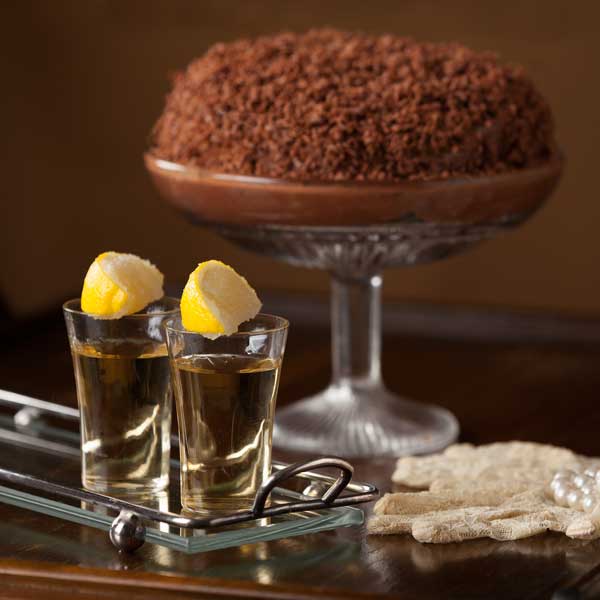 ?
?
The pub quiz: It’s all about the monks. Frangelico’s origins date back 300 years to the monks living in the hills of Piedmont in Italy who distilled a liqueur from the region’s wild hazelnuts. That history is emblazoned in the friar-shaped bottle and the name – Fra’ Angelico, was a hermit monk living in the Piedmont hills in the 18th century. Drinking it may then be an actual religious experience.
What does it taste like? Sweet hazelnuts with hints of vanilla and dark chocolate.
The classics: Try it over ice with soda water for a good go-to easy option. Add a squeeze of lime juice to elevate it into something a little more special. With the same number of calories as vodka, Frangelico isn’t a bad option for the calorie-cautious. And if you want to keep it all-Italian try pouring it over icecream with espresso for new spin on affogato.
With a twist: Possibly the most fun way to drink Frangelico is the chocolate cake shot, pictured above. Add equal measures of Frangelico and a good quality vodka such as Grey Goose or Russian Standard, and have a wedge of sugared lemon on standby. Drink the shot in one then suck on the lemon. It tastes exactly like a mouthful of chocolate cake.
Another deliciously off-beat idea is to mix 15ml Frangelico with 15ml of Chambord and top with a small dollop of slightly thickened cream. It tastes just like a boysenberry Trumpet.
For something to be drunk at more of a refined speed try a Cleopatra: shake together one part Frangelico with two parts almond milk then serve garnished with a sprinkling of finely chopped chilli.
Wild Turkey American Honey
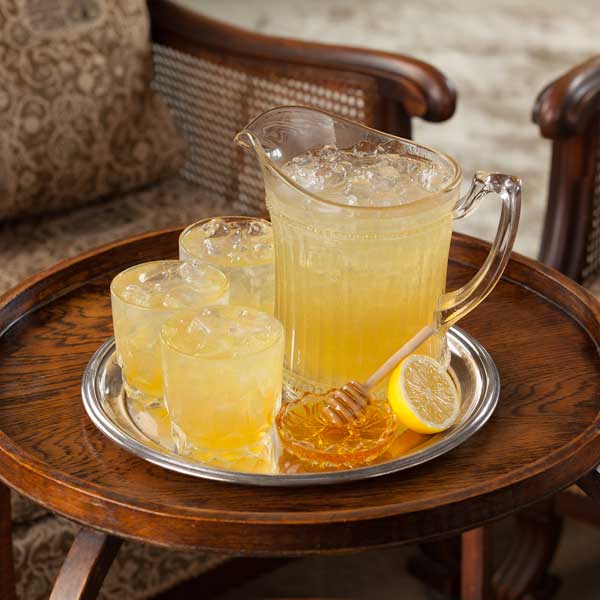
The pub quiz: From the Wild Turkey bourbon stable, American Honey is one of the only bourbon-based liqueurs in the world.
What does it taste like? As well as the honey there’s distinct vanilla and citrus flavours.
The classics: American Honey is a particularly sweet liqueur and as such lends itself well to desserts. Try it simply doused over ice cream, or add it to caramel and butterscotch sauces or puddings. For a real thirst-quencher, sure to please a barbeque crowd add two parts American Honey to one part fresh lemon juice and one part sugar syrup to a pitcher. Serve in tall glasses filled with ice and top with soda, pictured.
The twist: The sweetness of American Honey is balanced nicely when it’s matched with sharp citrus flavours, particularly lemon. For a warming toddy just add a measure of American Honey into a heat-proof glass or mug, add the juice of half a lemon (or to your own taste) and top with boiling water. You could even add a few thin slices of fresh ginger as your pour the water over and leave to infuse for a few minutes before drinking. Try the same mix cold by replacing the boiling water with soda water. For something more fun try a honey-nut combo. Mix equal parts American Honey and Frangelico with ice and strain into a shot glass.
Cointreau
?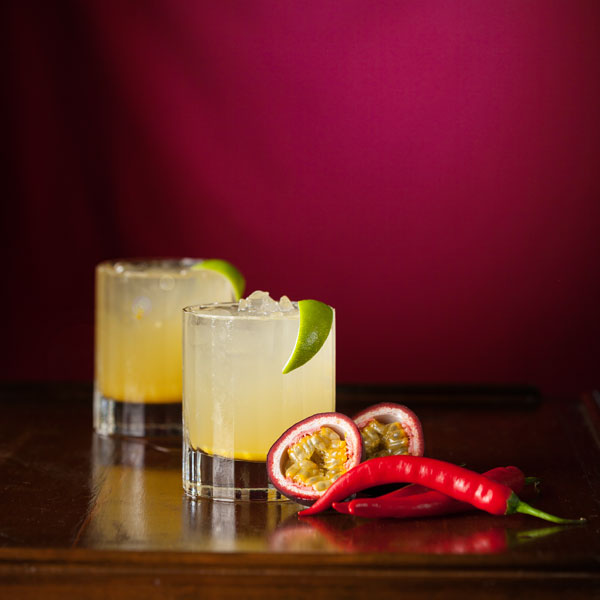
The pub quiz: Cointreau is the original triple sec orange liqueur – a clear liqueur made from the distillation of sweet and bitter orange peels. Interestingly it often goes opalescent when poured over ice as the essential oils react to the temperature.
What does it taste like? It has an overall citrusy taste, but with orange as the most dominant flavour.
The classics: Cointreau probably qualifies as one of the most popular modern liqueurs, found in many classic cocktails such as a Margarita and Cosmopolitan (see sidebar). Try it with dry lemonade or soda, or a fruit juice like pineapple, grapefruit or orange. It’s also widely used in cooking and food preparation. One of the classic recipes is Cointreau served over fresh strawberries. For something a little different try it in a vinaigrette dressing with equal parts grapeseed oil and balsamic vinegar then add a squeeze of grapefruit juice with salt and pepper. Delicious with salad, poultry or seafood.
The twist: For a pick-me-up add the pulp of two passionfruit and a slice of chilli to a shaker. Add in 50ml of Cointreau and 15ml of fresh lime. Fill with ice and shake. Strain into a glass over ice and top with soda water, pictured.
Baileys
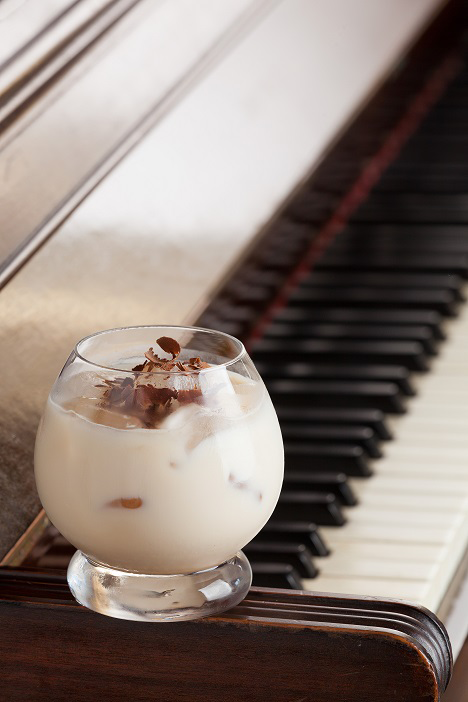
The pub quiz: Baileys was born when wise Irishman RA Bailey decided to blend his country’s skill at whisky with its skill at dairy production and came up with adding cream to whisky (as opposed to adding whisky to the dairy cows’ diet). The most common question asked of Baileys and other cream liqueurs is should they be refrigerated? The answer is no, the alcohol preserves the cream.
What does it taste like? Like an intense, reduced chocolate milkshake, with a comforting warm alcohol aftertaste, arguably best enjoyed on its own over ice.
The classics: Baileys and milk has long been the entry-level Baileys choice but it works with many flavours such as chilli or coffee. Try pouring 50ml of Baileys over ice in a shaker. Add 20ml of whisky and 10ml of strong cold espresso. Shake and serve in a martini glass. Or add ice and one part Baileys to the espresso martini from the Kahlua page of this feature, for a frappuccino version. The crucial trick with Baileys is to avoid mixing it with anything too acidic or you’ll get a fairly unappetising curdled mess. Unless you’re after something like a Cement Mixer shot which is deliberately curdled. If that’s your thing – go for your life.The twist: For a cocktail that can double as dessert mix equal parts clear apple schnapps, cinnamon schnapps and Baileys. It’s like apple pie in a glass. Or, to simplify, as cinnamon schnapps can be tricky to come by, just sprinkle with good quality ground cinnamon and serve with a cinnamon stick. Baileys also blends beautifully with bananas and an equal amount of Bacardi. This is a good one to make in larger, pitcher-sized quantities to serve to friends. For an extra chilled twist, try peeling then freezing the bananas first. It’s like Bailey’s and banana ice-cream
Amarula
?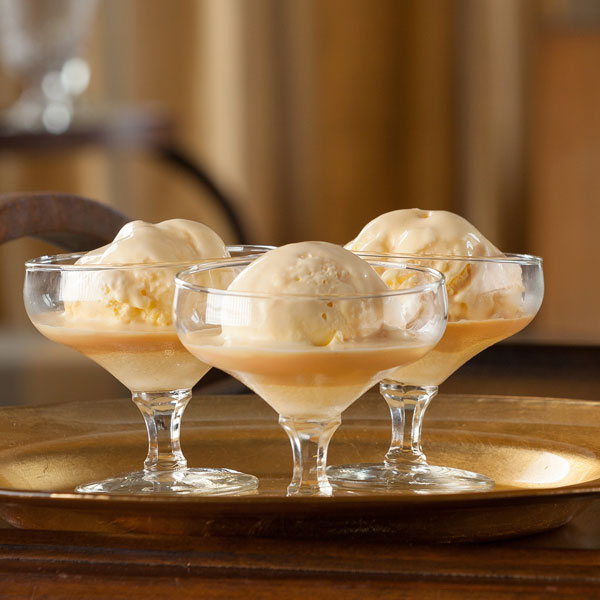
The pub quiz: Amarula is a cream liqueur made in South Africa from the fruit of the marula tree, which grows only on the sub-Saharan plains of Africa.
The fruit, which resemble lemons in appearance, is hand-harvested and distilled into a clear liquid that’s aged in oak for two years. Cream is then added.
What does it taste like? On its own it is rich and creamy, without too strong an alcohol flavour. There are hints of vanilla and caramel from the oak but with subtle fruitiness, even pepperiness, that stop it all getting a bit sickly.
The classics: Sipping a serve over ice is really the ultimate way to go with Amarula, but it’s also a popular choice for zooshing up an after-dinner coffee or hot chocolate. It’s also delicious poured over ice cream.
With a twist: The rich creaminess and hints of pepperiness in Amarula also makes it a great match with spices such as chilli and fresh ginger. Try adding 80ml of Amarula to a cocktail shaker or blender with a generous scoop of icecream and a teaspoon of freshly chopped chilli. Blend then serve in a martini glass over ice and garnish with a fresh chilli. You could take the creamy, spicy mix even further by adding a splash or two of Amarula to spicy Asian stir-fries.
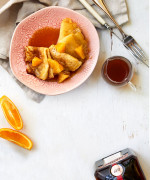
Pimped-Up Pancakes
